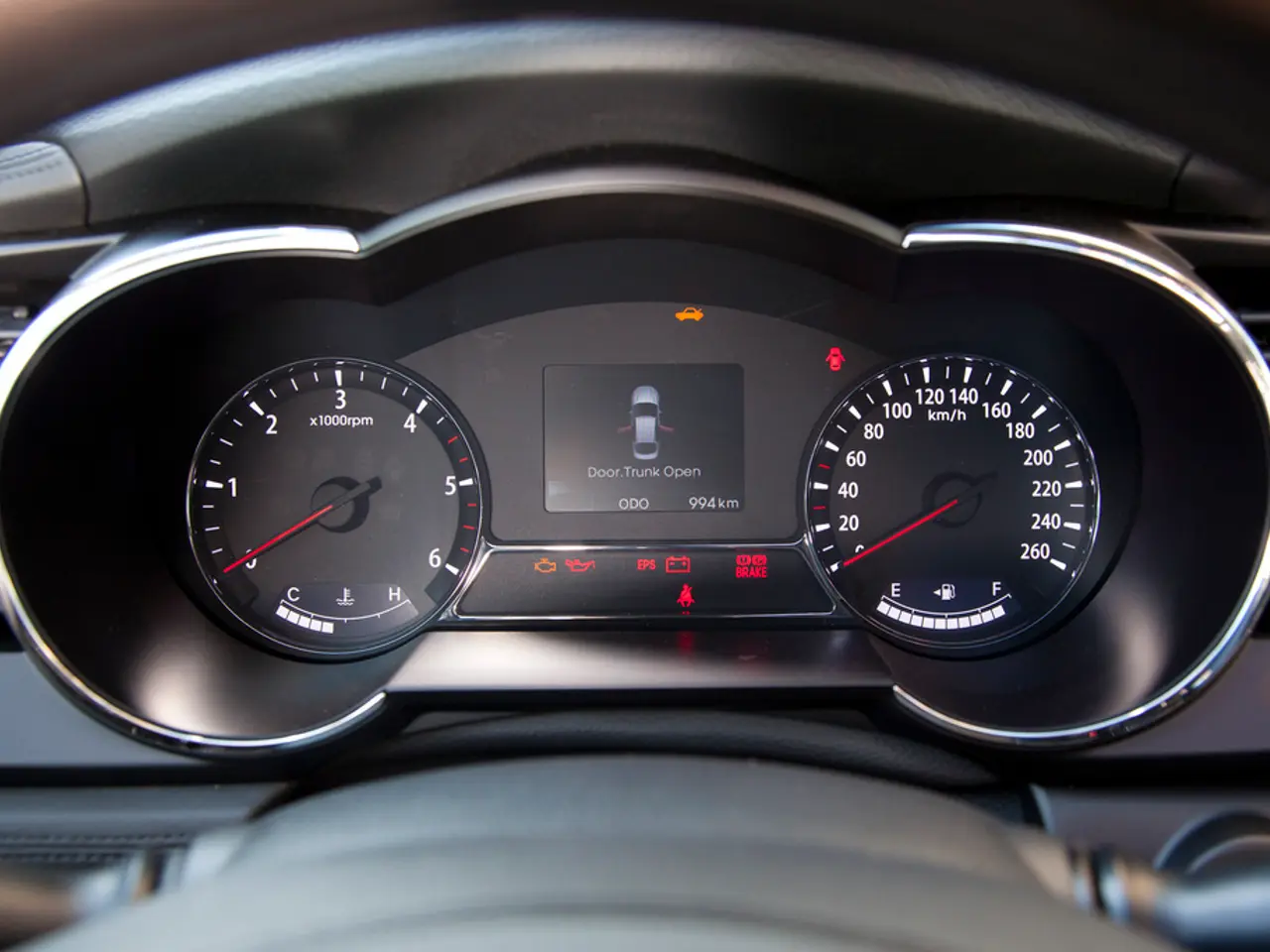Porsche put the Cayenne through rigorous trials in testing its performance under harsh circumstances, using both virtual and real-world environments.
The Porsche Cayenne Electric, the latest addition to the renowned automaker's lineup, has undergone a comprehensive testing process that encompasses various situations and extreme conditions.
A particular focus has been given to battery and powertrain thermal management, ensuring the vehicle's performance remains optimal in a wide range of temperatures. Extreme climate tests have been conducted on the Cayenne Electric, with temperatures ranging from 50 degrees Celsius in hot regions to minus 35 degrees in Scandinavia.
The Cayenne Electric has been subjected to endurance runs, covering more than 150,000 kilometers in a few months. This rigorous testing regime mimics the vehicle's lifespan under extreme conditions, tougher than most customers will ever experience.
In addition to real-world testing, the Cayenne Electric has also been tested virtually. Around 120 test vehicles were replaced by digital models in this project, allowing engineers to simulate different types of asphalt, tire slip, and environmental conditions.
Porsche engineers have meticulously monitored both the virtual and real-world testing of the Cayenne Electric, ensuring that vehicle performance and thermal management are perfectly aligned. The testing includes crash tests, endurance runs, and extreme condition tests.
The technology used in the new composite test bench can simulate different road surfaces, acceleration resistance, and forces during braking and recuperation. This innovative technology has been developed specifically for testing the Cayenne Electric's drive, battery, energy management, and charging system under realistic conditions.
Dr. Michael Steiner, Deputy Chairman and Member of the Board, Research and Development, stated that this project was the first where digital full-vehicle testing was directly transitioned to pre-series production. In the early design phase, engineers used virtual prototypes for initial computer test drives.
The Cayenne Electric prototype is also tested in various situations, including city driving, highway driving, and off-road conditions. The available information does not specify the individuals involved in the development or final test drive of the electric version of the Porsche Cayenne.
Development processes have been made more precise by combining digital planning and real testing, reducing development time by around 20 percent and reducing material usage. Engineer Marcus Junige states that the Cayenne Electric must always be conditioned for fast charging.
The world premiere of the Cayenne Electric is planned for the end of the year, and it will be available alongside existing combustion and hybrid models. With its extensive testing and innovative technology, the Cayenne Electric is poised to make a significant impact in the electric vehicle market.
Read also:
- Goodyear in 2025: Advancement in Total Mobility through the Launch of Kmax Gen-3 by Goodyear
- Electric SUV Showdown: Vinfast VF6 or MG Windsor EV - Your Choice Revealed
- United States Secures $632 Million to Fuel Electric Vehicle Revolution
- IM Motors reveals extended-range powertrain akin to installing an internal combustion engine in a Tesla Model Y







